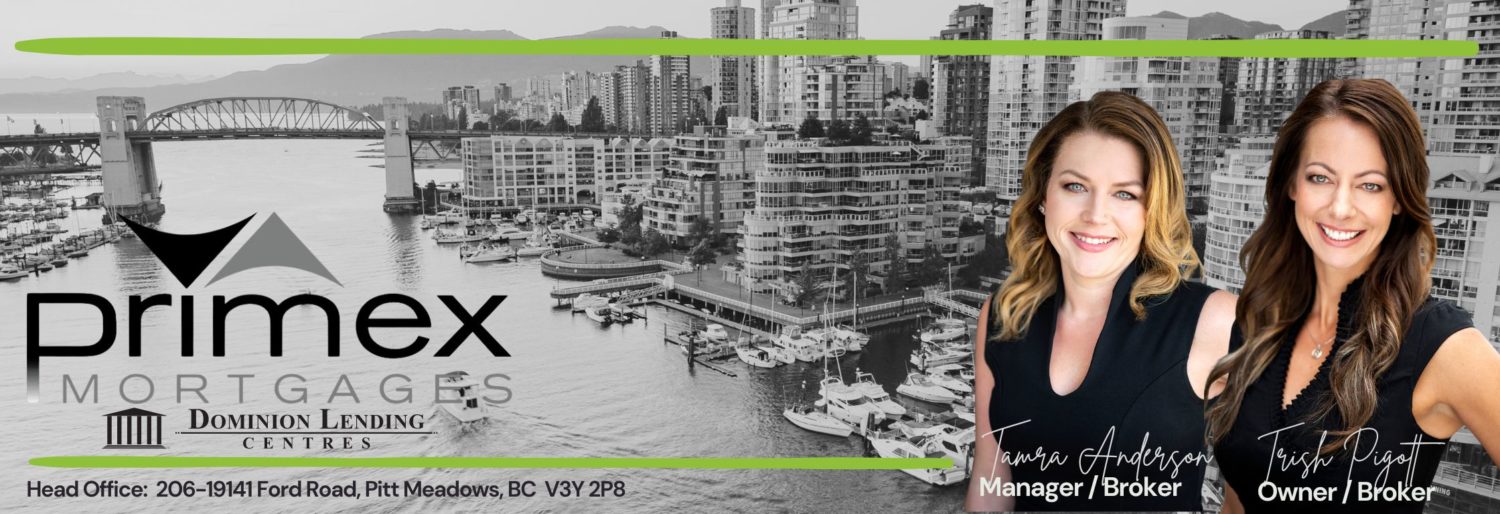For US homeowners, mortgage interest is automatically tax deductible. But for Canadians, the write-off is not so straightforward. In order to make your mortgage interest tax deductible, homeowners must be able to prove that the money is being reinvested and is not being used for personal expenses.
A properly structured mortgage-centric tax strategy has several key elements – the most important of which is a multi-component, readvanceable mortgage or line of credit.
It’s best to have a single collateral charge with at least two components – usually a fixed-term mortgage and an open line of credit – that can track and report interest independently. This is absolutely essential under Canada Revenue Agency (CRA) rules and guidelines.
Second, the strategy must employ conservative leverage-investment techniques – which is why a financial advisor must be involved in order to comply with federal regulations. The financial advisor should be a Certified Financial Planner (CFP) who is experienced in leveraged investing, and able to actively monitor a homeowner’s portfolio on an ongoing basis.
Homeowners who opt for a tax-deductible mortgage interest plan make their monthly or bimonthly mortgage payments the same way they would when making any type of mortgage payment. The payments go towards reducing the principal amount of the mortgage and are then moved over to the line of credit as the mortgage is paid down. But in order to be tax-deductible, the funds must then be transferred to an investment bank account, which can be done automatically by your CFP.
Once the money is in an investment bank account, it can be reinvested and the money becomes tax deductible. Essentially, the homeowner is borrowing from the paid portion of the mortgage for reinvestment purposes.
On average, a typical 25-year mortgage can become fully tax deductible in 22.5 years.
If you have a rental property, you can also use this tax-reduction strategy even further. When you receive your rent, you can then use the funds to help pay down your personal mortgage. Once paid, the rental funds move to the line of credit and are then transferred to the investment bank account. They are then used to pay down the mortgage on the rental property. Using this method, it is possible to have your mortgage interest become fully tax deductible in only 3.5 years.
The ideal client
Ideal borrowers for an advanced mortgage and tax strategy are typically professionals or other high-income earners who have a conventional mortgage (have at least 20% of the cost of the home to put towards a down payment) and have built up substantial equity.
As high-income earners, their total debt-servicing ratio will be quite low and they will have excellent credit (700+ Beacon scores). These borrowers are financially sophisticated homeowners that are keenly interested in establishing a secure financial future and comfortable retirement. They also have good investment knowledge.
The risks
The financial benefits of tax-deductible mortgage interest are indisputable and justify the risks to the right borrower. That said, a problem can arise if a homeowner spends the funds as opposed to reinvesting them. As well, any tax refunds have to flow through the investment cycle in order to realize the benefits of paying down the mortgage as quickly as possible – and making as much of the interest payment as possible tax deductible.
Short-term financial risk is liquidity risk (sometimes referred to as cash flow risk). Cash flow risk addresses the possibility that interest rates will sharply drive up the cost of borrowing at the same time as markets falter, resulting in a negative client monthly cash flow for a brief period of time.
This short-term risk is typically only prevalent in the first two to four years because, after this period of time, the homeowner has stockpiled enough equity through annual tax refunds that other liquidity options exist and the risk is fully mitigated.
Liquidity risk varies widely based on the balance sheet strength of the homeowner. Highly qualified homeowners are easy to manage as these borrowers have no difficulty meeting the short-term cash flow demand should the need arise.
